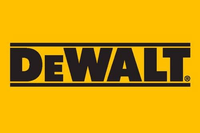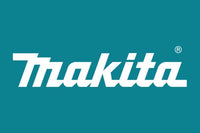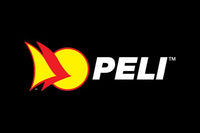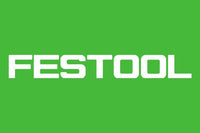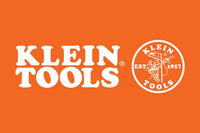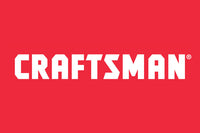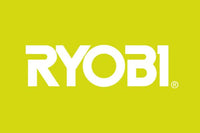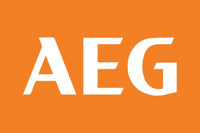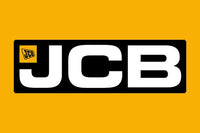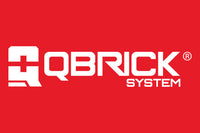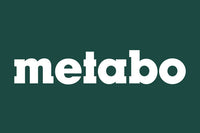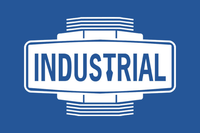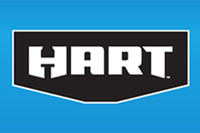Daily order cutoff at 2pm
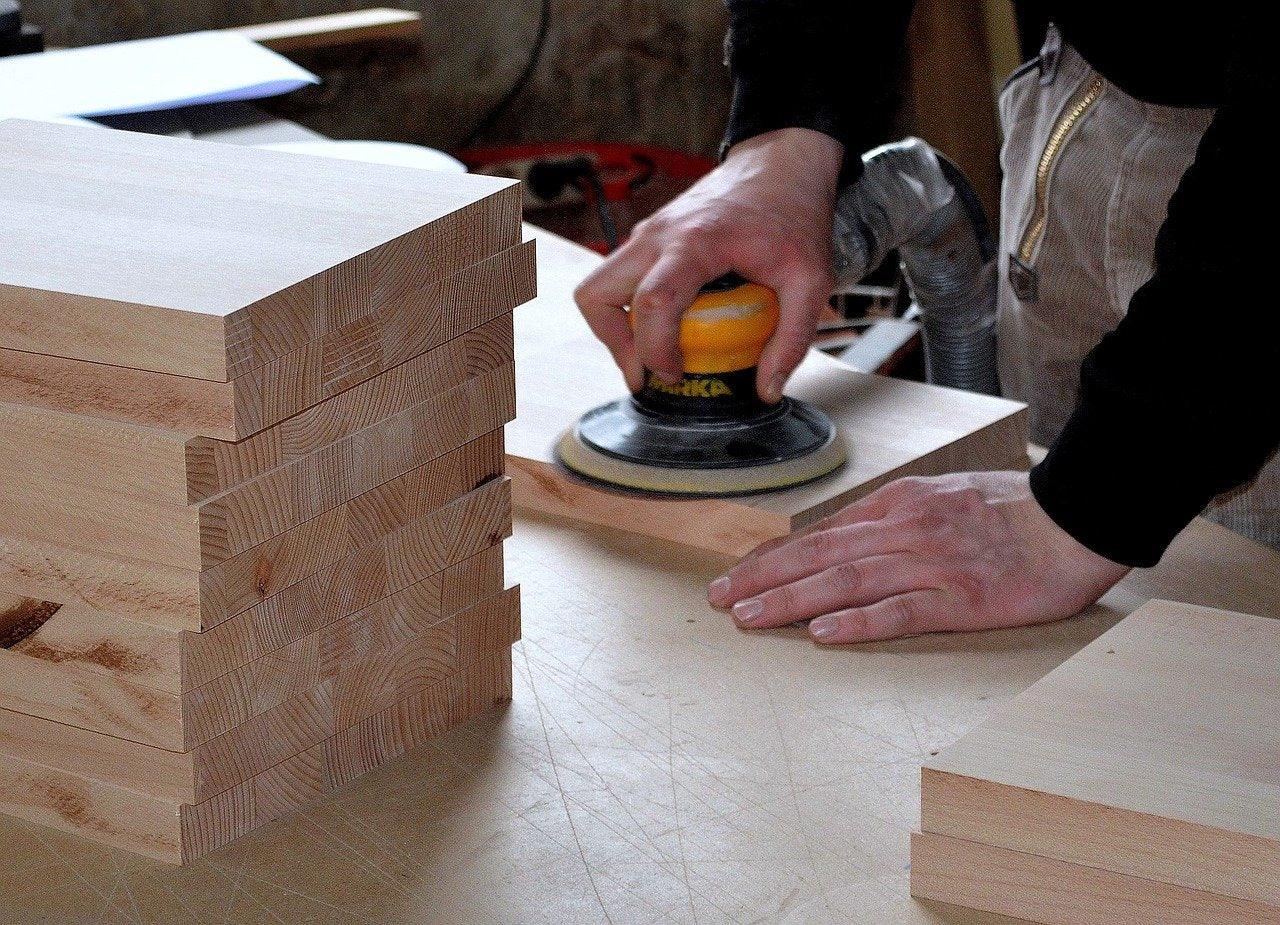
What is a Makerspace?
Popular for many years in the USA, the Makerspace is a relatively new concept to the UK. That said, there are already a lot of incredible Makerspaces popping up around the country and doing an incredible job for the makers community. So what is a Makerspace…?
How does a makerspace work?
Different facilities have different methods but it’s typically something like this. Someone pulls together a facility and fills it with the tools and equipment that people would typically like to see and use in a community makerspace. Sometimes this could be financed privately, but more often it would be a community endeavour, with founders of the space coming together to create the shared area for everyone’s benefit.
Thereafter, it’s a little like a gym membership; you would pay to become a member of the space, and then be able to go in and begin using the equipment in there. There would typically be an assumption that you would be trained and competent to use any equipment you wish to use, or an obligation to seek learning to use anything you’re not familiar with. That’s just to keep the member safe and the equipment working faultlessly. And often the other members come together and help one another in growing skills and developing the space to suit the members too.

Benefits of a makerspace.
A makerspace can offer numerous benefits to a community by providing a dedicated space where people from all backgrounds can come together to learn, collaborate, and create. There are several ways in which a makerspace can really benefit the people of the area in which it’s located:
- Promoting innovation and creativity.
Makerspaces inspire individuals to explore their creativity and turn their ideas into real, physical projects. By providing access to tools, equipment, and resources, Makerspaces enable community members to experiment, design, and build innovative solutions.
- Skill development and education.
Makerspace members can sometimes offer workshops, classes, and training sessions on various topics such as 3D printing, electronics, woodworking, sewing and much more, depending on the facilities in each individual makerspace. These opportunities for hands-on learning foster skill development, empowering individuals to enhance their technical abilities whereby they may not have had either the equipment or the knowledge to have been able to do so before.
- Accessible technology and resources.
Makerspaces often provide access to expensive or specialised tools and equipment that might be otherwise inaccessible to individuals. This inclusivity enables community members, regardless of their socioeconomic background, to engage and explore new things.
- The cultural and craft scene.
Makerspaces are not always limited to technology and engineering-focused projects. They also embrace art, crafts, and cultural endeavors. Makerspaces can offer resources and support for artists, designers, and creators of all kinds, encouraging the expression of cultural heritage and fostering a vibrant local arts scene.

Benefits for the area
A makerspace is also brilliant for encouraging entrepreneurship and stimulating economic growth withi it’s area too. Makerspaces can serve as incubators for aspiring entrepreneurs, either new business start ups or people looking to expand on a current hobby or side hustle. By offering support, mentorship, and access to tools, makerspaces can help individuals and small businesses bring their ideas to life. This, in turn, can contribute to local economic growth and job creation.
Because Makerspaces are community environments that encourage collaboration and knowledge sharing, people with different skills and backgrounds can come together to work on projects, exchange ideas, and solve problems collectively. This collaborative atmosphere strengthens community bonds and fosters a sense of belonging, as well as the centre’s becoming a real community hub.
The makers community tend to like working responsibly too and are environmentally minded. Makerspaces tend to reflect this, promoting sustainable practices by encouraging upcycling, recycling, and the use of environmentally friendly materials. In some cases it encourages the maker community to galvanise and address local environmental challenges, which can only be great for any area.
In summary…
Overall, a makerspace can play a pivotal role in a community by empowering individuals, fostering collaboration, and promoting innovation, education, entrepreneurship, and cultural expression. It can serve as a hub for creativity and learning, ultimately contributing to the overall growth and well-being of the community.
With all that in mind, we’d like to invite you all to stay tuned for some hopefully very exciting news coming very soon from Shadow Foam! Please keep a close eye on our social platforms – Facebook, Twitter, Instagram and of course our current and informative Youtube channel.










































